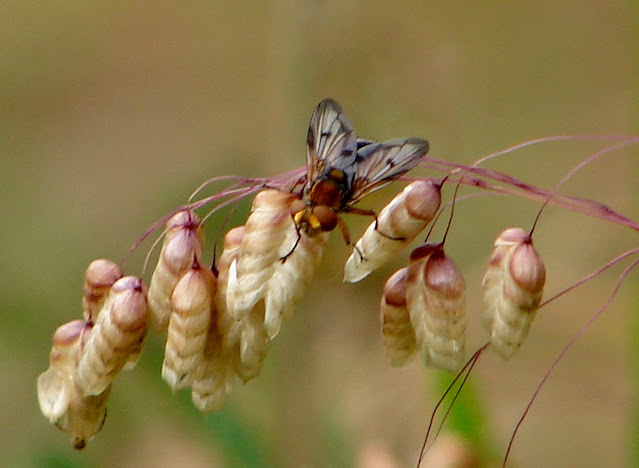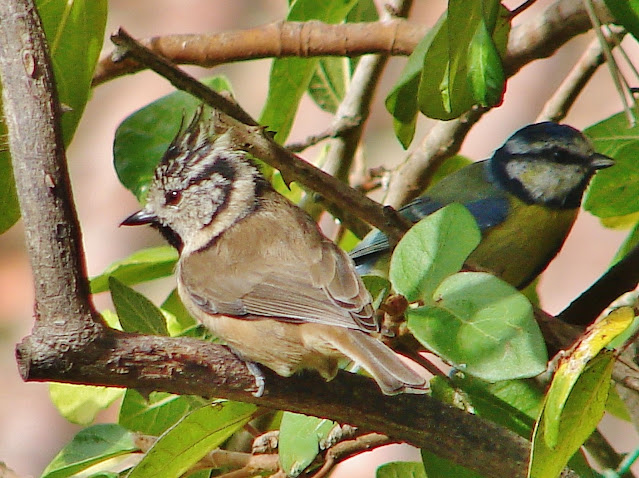I had a lot of fun this year searching for grasshoppers and crickets, it's amazing just how many there are, even in a small space near the garage I found four, one of them being the Blue Winged Grasshopper, Trimerotropis cyaneipennis.
The Blue Winged Grasshopper owes its name to the bright blue hind wings, which can only be seen when the grasshopper is in flight. The hind wings that are used in flight, fold like a Japanese fan, accordion-like, when not in use, concealed beneath the tegmina. The grasshopper is most common in rugged mountainous terrain, and cryptic when resting among rocks. Besides the blue wings, they can be identified in part by the bright blue shin segment of the hind leg. They don't actually fly, but can glide several metres, and they are incredibly beautiful in flight, much more like a butterfly than a grasshopper. I never have been able to photograph one in flight.


















.JPG)



.JPG)































